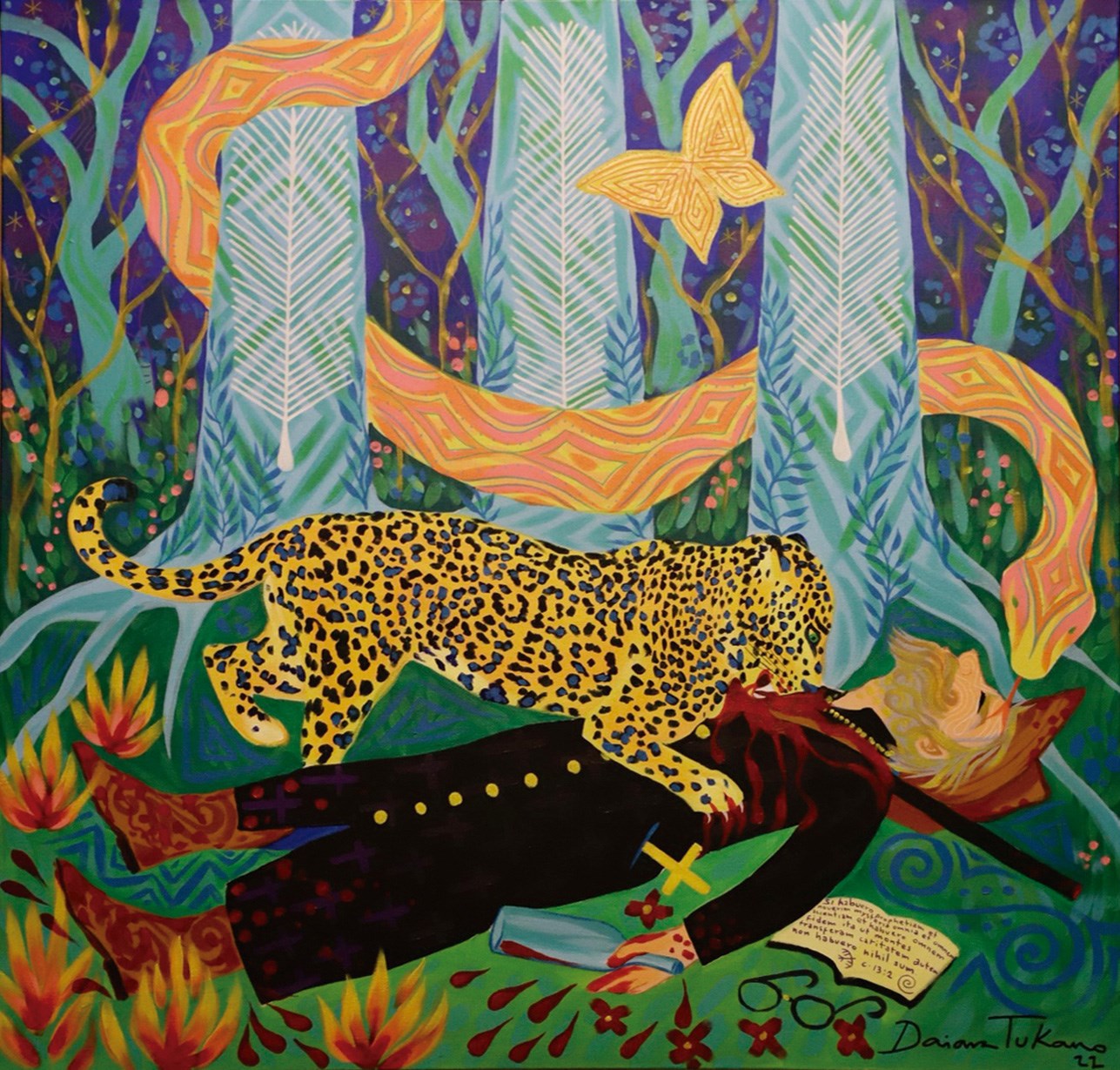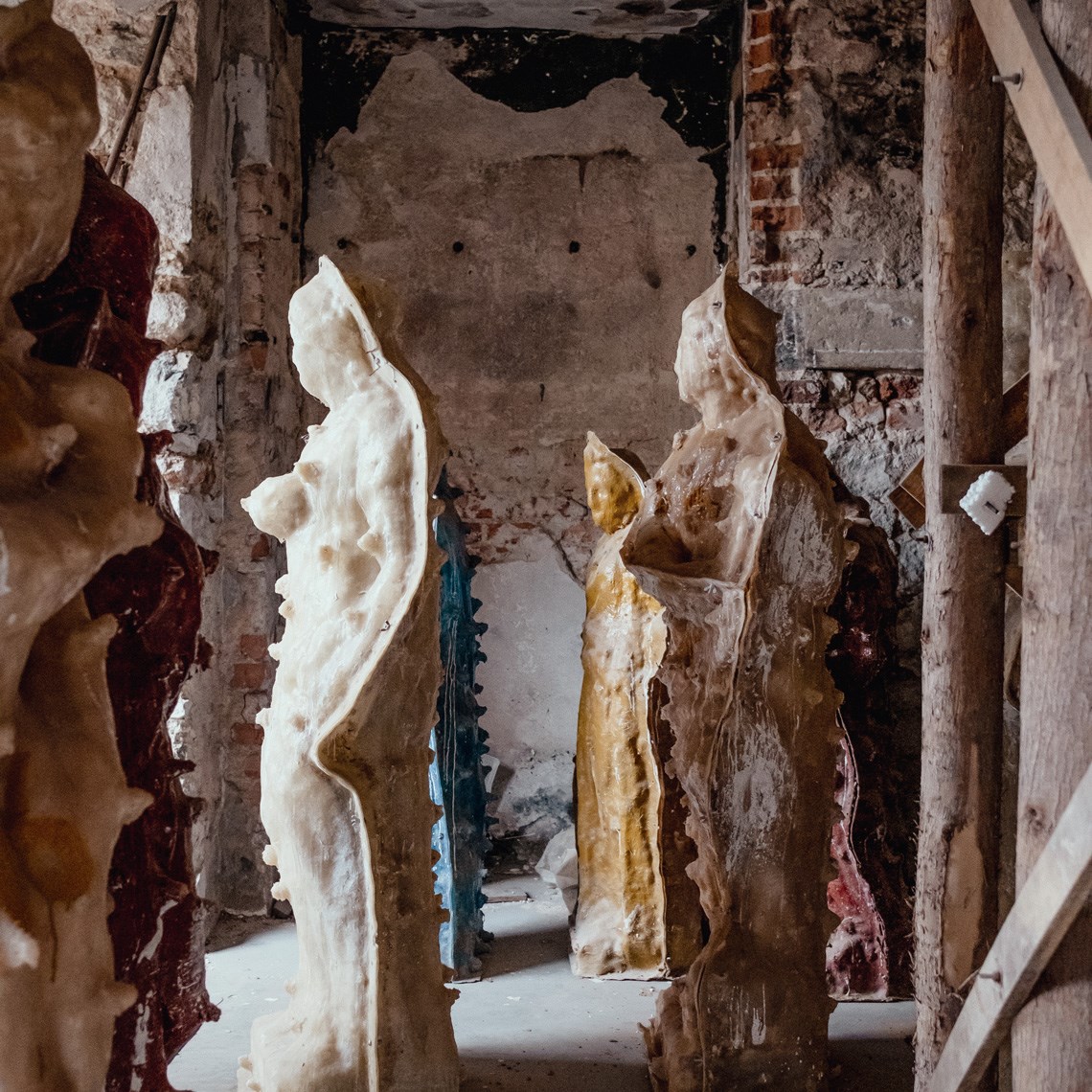Driven by advances in scientific knowledge and dialogue with social movements, the start of the twenty-first century also marked a moment of transformation in the management of ethnographic collections. Established in the colonial period, often with pieces looted or removed without consent, the collections of these museums have come to be understood as the heritage of all. This change in view has led institutions to rethink their types of curation, identifying new meanings for these objects.
– Brazilian museums propose new curatorial approaches
– History museums discover treasures in technical archives
For around three decades, museologist Marília Xavier Cury, of the Museum of Archaeology and Ethnology of the University of São Paulo (MAE-USP), has worked with ethnographic collections, but it was only in recent years that she developed new strategies for organizing exhibits and collections. “We are currently in a moment where we no longer talk about Indigenous peoples, but we talk with them instead, in such a way that they themselves do the curation, speaking for themselves,” she explains.

Ader Gotardo / MAE-USPClothing traditionally used by Kaingang midwives, part of the MAE-USP collectionAder Gotardo / MAE-USP
Marília Xavier Cury does not think that the colonialist aspect in the formation of the MAE collections is a reason to scorn them, but defends the need to find new strategies for working with the material. An example was the development of the exhibition Resistência já – Fortalecimento e união de culturas indígenas (Resistance now – Strengthening and uniting Indigenous cultures), inaugurated in 2019 and developed in partnership between the MAE and Kaingang, Guarani Nhandewa, and Terena groups, from the Midwest of the state of São Paulo.
During the curation process, representatives of these three peoples visited the MAE technical reserve to see the pieces collected between the end of the nineteenth century and the first half of the twentieth century, and were responsible for selecting the exhibited objects, clothing, and photographs. “During the development of the work, a Kaingang representative, called Dirce Jorge, looked at a piece that had been ethnographically identified as a sleeveless shirt dress and told us that it was clothing traditionally used by the midwives of his people,” says Marília. “Collaborative solutions and dialogue with Indigenous peoples mean it is possible to reclassify and uncover extended meanings, bringing life to the pieces, and humanizing collections,” she highlights, remembering that the archaeological and ethnographic collection of the MAE, which besides Brazil includes cultures from the Americas and the Middle East since before 1500, gained prominence on the national scene after the National Museum fire, in 2018.

Ciete SilvérioPainting by Daiara Tukano, from the exhibition Nhe’˜e Porã: Memória e transformação at the Museum of the Portuguese LanguageCiete Silvério
One of the references for the transformation of the look given to the MAE collection was the organized Indigenous movements in Canada in the 1980s by the Assembly of First Nations, which in 1994 joined with the Canadian Museums Association to publish the document Turning the Page, with practical guidance on how to deal with Indigenous collections. Another example is the Native American Graves Protection and Repatriation Act (NAGPRA), which also changed the relationship of museums in the United States with Indigenous peoples. “Museums are privileged spaces for bringing academic debates to a wider audience, breaking theoretical circuits,” adds Marília.
In search of better strategies for socializing the collection, archaeologist and curator Helena Pinto Lima, of the Emílio Goeldi Museum of Pará, says that the institution has invited groups of students, Indigenous peoples, and local artists for collaborative works with the collection, inside the technical reserve, which is visitable. “Through this practice, our technical reserve became a reference for artists, with whom we have developed a work of producing handmade replicas of archaeological pieces,” she says. According to her, the replicas circulate in study and school groups, spreading knowledge about both the archaeology and handicrafts of the region.

Luisa DörrStatues that survived the fire at the National Museum: the institution is rebuilding collections using new approachesLuisa Dörr
Helena considers the process of “interiorization”—which since 2003 has seen Brazilian federal universities expand to interior regions of the country—as the starting point for this change of perspective, to the extent that it allowed traditional peoples to more effectively occupy spaces of knowledge production which has motivated their transformation. In her opinion, the movement has influenced the Brazilian Archaeology Society, which in November held a meeting with educators, museologists, and archaeologists in Belém, Pará State, to rethink collection policies.
Through dialogue with 50 Indigenous professionals, the Museum of the Portuguese Language (MLP), in turn, has just inaugurated the exhibition Nhe’˜e Porã: Memória e transformação (Memory and transformation), about the complexity of the Portuguese language and with the aim of offering information about 274 Indigenous languages spoken by individuals belonging to 305 ethnic groups in Brazil. “Although the majority of Brazilians think they live in a monolingual country, we are multilingual. Before the Portuguese arrived, it is calculated that there were around 5 million speakers of approximately 1,000 languages. Many were lost, and today around 40 languages are in imminent danger of disappearing,” says Isa Grinspum Ferraz, special curator of the MLP.

Carlos Stein / VivafotoLithograph Amordaçada, by Paulo Chimendes, part of the MARGS collection. The museum is expanding its collection of works produced by Black artistsCarlos Stein / Vivafoto
The Search for Diversity
Art spaces are also rethinking curatorial strategies, as is the case of the Museum of Art of Rio Grande do Sul (MARGS). After conducting a critical review of its collection, which was put together over the course of seven decades, the museum identified that less than three dozen of the over 1,000 represented artists were Black. These artists accounted for a mere 134 of the more than 5,500 works comprising the collection.
“Collections legitimize and rank existing values and narratives in a history of art that is being critically reviewed, reexamining the Eurocentric and colonizing bases that founded their constitution,” states Francisco Dalcol, director-curator of the institution. As part of this movement, in recent years MARGS has intensified the reflection about exclusions and silencing. At this moment, it is acquiring a set of works by Black artists. “It is the beginning of a movement. There is much to be done,” evaluates Dalcol. Created in 1954, MARGS boasts a collection that is composed of paintings, sculptures, prints, pottery, drawings, textile art, photographs, installations, and digital art, among others. Some of its best-known paintings are A dama de branco (Lady in white, 1906), by painter and decorator Arthur Timótheo da Costa (1822–1922), and Almofada amarela (Yellow pillow, 1923), by painter Leopoldo Gotuzzo (1887–1983). “The collection ranges from productions governed by European academic models, going through ruptures of modernist manifestations all the way until it reaches the plurality of developments operated by contemporary artistic practices,” informs Dalcol.
Project
Collect, identify, process, disseminate: The curatorial cycle and production of knowledge (no. 17/07366-1); Grant Mechanism Thematic Project; Principal Investigator Ana Gonçalves Magalhães (USP); Investment R$5,155,874.10.
Scientific articles
CARVALHO, V. et al. Curadoria em museus de história. Anais do Museu Paulista. Vol. 29. 2021.
CARVALHO, V. C. Cinderelas, bailarinas e a vida longa das galanterias. Anais do Museu Paulista. Vol. 27. 2019.
DUARTE, L. F. D. O Museu Nacional: Ciência e educação numa história institucional brasileira. Horizontes Antropológicos. Online. Vol. 25. 2019.
DUARTE, L. F. D. Um novo centenário para o Brasil e seu Museu Nacional. Anais do Museu Paulista. Vol. 30. 2022.
CURY, M. X. As coleções kaingang, guarani nhandewa e terena: Percurso documental, requalificação e colaboração. Anais do Museu Paulista. Vol. 29. 2021.
CURY, M. X. Política de gestão de coleções: Curadoria indígena, processo colaborativo e museu universitário. Revista CPC (USP). Vol. 15. 2021.
MARINS, P. C. G. Uma personagem por sua roupa: O gibão como representação do bandeirante paulista. Tempo. Online. Vol. 26, pp. 404–29; 2020.


